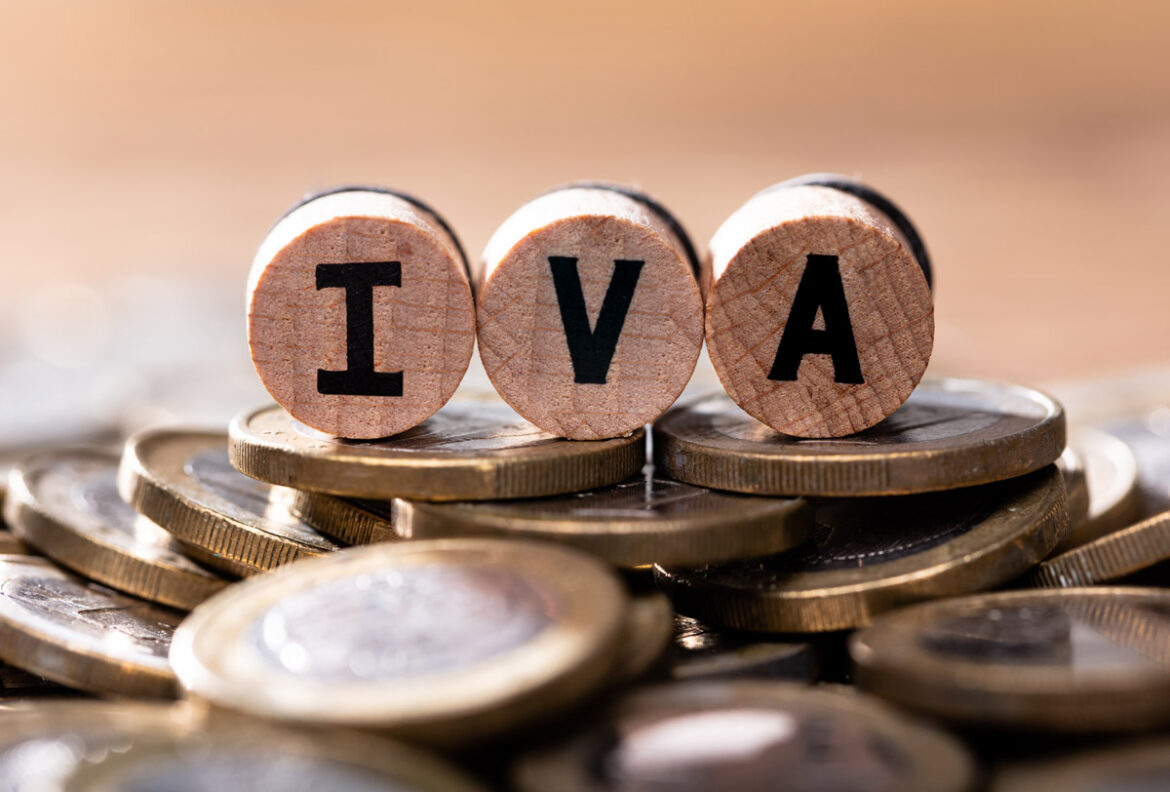How to Set Up an Individual Voluntary Arrangement (IVA)

Choosing to enter an Individual Voluntary Arrangement (IVA) is a major decision. You should take advice from a trusted debt expert before you make any decisions. This is because there are several benefits and disadvantages to this type of arrangement.
An IVA can help you to regain your financial footing and reduce your debt. It also protects your assets from being taken away. An IVA allows you to keep your home, if you have one, as well as reducing your monthly payments. It is an alternative to bankruptcy, and is suitable for most people. However, not all IVAs are created equal, and it is important to consider all your options.
An IVA is an agreement between you and your creditors to pay back a portion of your debt. The amount you will repay will depend on your income, expenses and available assets. You will also be able to write off a small percentage of your debt. You will be required to continue making payments on essential outgoings, but you will be given the opportunity to take a break in your payments.
The first step to setting up an IVA is to find an insolvency practitioner (IP). You will want to find a company that offers a free consultation. You may also need to pay a small fee to initiate the process. It is important to check the fees and other costs associated with the IVA before signing any agreements. You should also compare IVAs before deciding on a provider. You should also ask about their IVA protocol.
The IVA is a formal process, and the Insolvency Practitioner (IP) will negotiate with your creditors on your behalf. You will need to provide all information requested. The IVA will also include an ‘equity’ clause, where you will be asked to contribute a certain amount of your equity in your home. This is not a fixed sum, but can be calculated according to the size of your mortgage and the current value of your property.
The IVA can be a big expense, so you will need to plan ahead to ensure you are able to make your repayments. You will need to set aside enough money to cover your living expenses, as well as your IVA payments. You will also have to allow for an allowance for household bills. The amount you spend on disposable income will then be tallied up, after taking into account incoming and outgoing expenses. The IVA may also include a partial write off of your debt. This is because the lender will clear any unsecured debt that is not paid off by the end of the IVA’s payment term.
The IVA may also have an impact on your credit rating. It will be recorded on your credit reference file for six years. This will make it difficult for you to get credit in the future. You will also have to prove you can afford to make regular payments on your debts.
How to Set Up an Individual Voluntary Arrangement (IVA) was first seen on Help with My Debt
